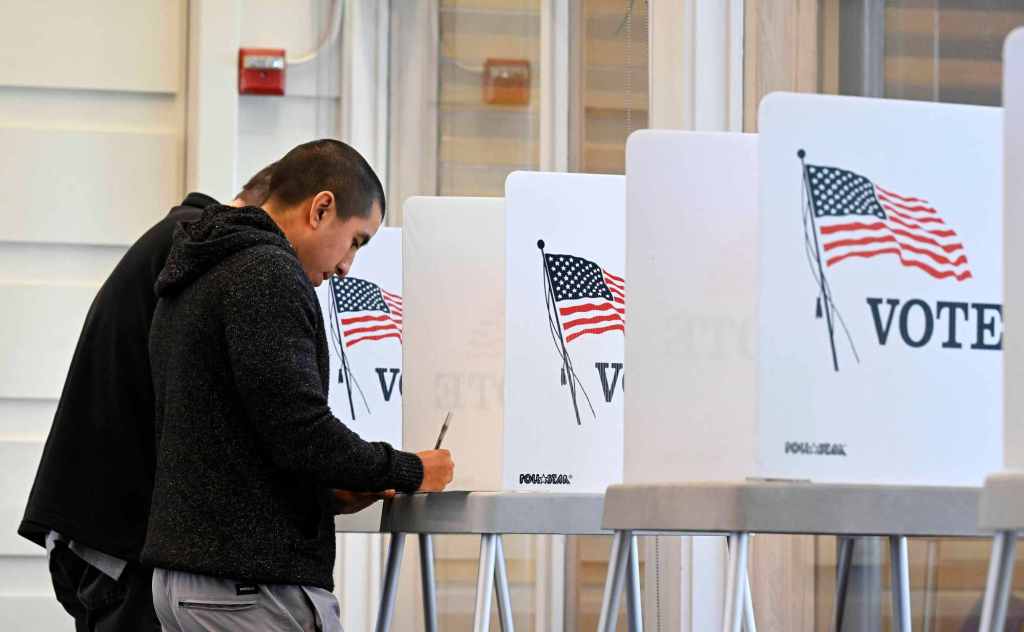In many pursuits, it’s hard to break a record.
But a new study of California’s 2024 general election shows the state and the Inland Empire came up well short in matching 2020’s historically high turnout.
Released this month, the study from the University of Southern California’s Center for Inclusive Democracy found 2024 turnout among the state’s eligible voters — who may or may not be registered to vote but are legally able to cast a ballot — fell 5% from 2020.
While 62% of eligible voters across California voted in the 2024 general election, just 56% of eligible voters in Riverside County and 53% in San Bernardino County did the same, the study concluded.
Those numbers trouble Mindy Romero, the study’s lead author and director of USC’s inclusive democracy center.
“Sadly, participation in our democracy continues to be low and disparate across the board, and even more significant for voters of color and youth voters,” Romero said in a news release. “We need to do more to build trust and engagement in our electoral processes to reverse this trend.”
While “it’s a little unfair” to use record-breaking 2020 turnout as a benchmark, “as someone who aims to achieve democracy in all ways possible, it is disappointing that we did drop significantly below the 2020 numbers,” said Sky Allen, executive director of the progressive group Inland Empire United.

Compared to the rest of California, the Inland Empire is younger and more Latino, which might explain why turnout fell off.
More than half the population of Riverside and San Bernardino counties is Latino. And the median age in both counties — 34.9 in San Bernardino County, 37.1 in Riverside County — is below California’s median age of 38.2, according to census data.
Across California, Latino eligible voter turnout dropped 7.6% between 2020 and 2024, the study found. During that time, turnout among 18- to 24-year-old California voters slid 7.7% and turnout decreased 11.4% among 25- to 34-year-old voters.
By contrast, the study showed a mere 2.2% fall in turnout among California voters aged 65 and older.
More than one in six Californians who voted in the 2020 general election didn’t vote four years later, the study revealed. Latino, Asian and Black voters were likelier to sit out last year than White, non-Latino voters, the study added.
About 21% of San Bernardino County’s 2020 voters did not vote in 2024, second only to Imperial County, the study found.
San Bernardino County voter turnout usually lags behind Riverside County and California as a whole, Allen said.
“We definitely saw that gap grow a little bit” in 2024, she said.
Compared to last year, voters in 2020 “were extra compelled to participate in ways that are unusual,” Allen said.
“But also, I think that there was a real frustration with government … last year that was harder to overcome as well,” she said. “In 2020, we were in that first year of the pandemic where people were scared and they were hesitant, but there was also a willingness to overcome and push through.”
“By the time we get to 2024 and we have four years where the world is different, social trust has dropped … Inflation is still high,” Allen added. “I think people were just really frustrated with government and that shows up in our voter turnout.”
Allen said her organization has been knocking on doors in an effort to engage and motivate voters.
“(We’re) just engaging people directly and letting them know that democracy is here for them and we need full participation, that we build better for ourselves by leaning in and participating and speaking about what we need as opposed to pulling away,” she said.
“I think that people need to feel like they’re heard in order to show up and vote.”



